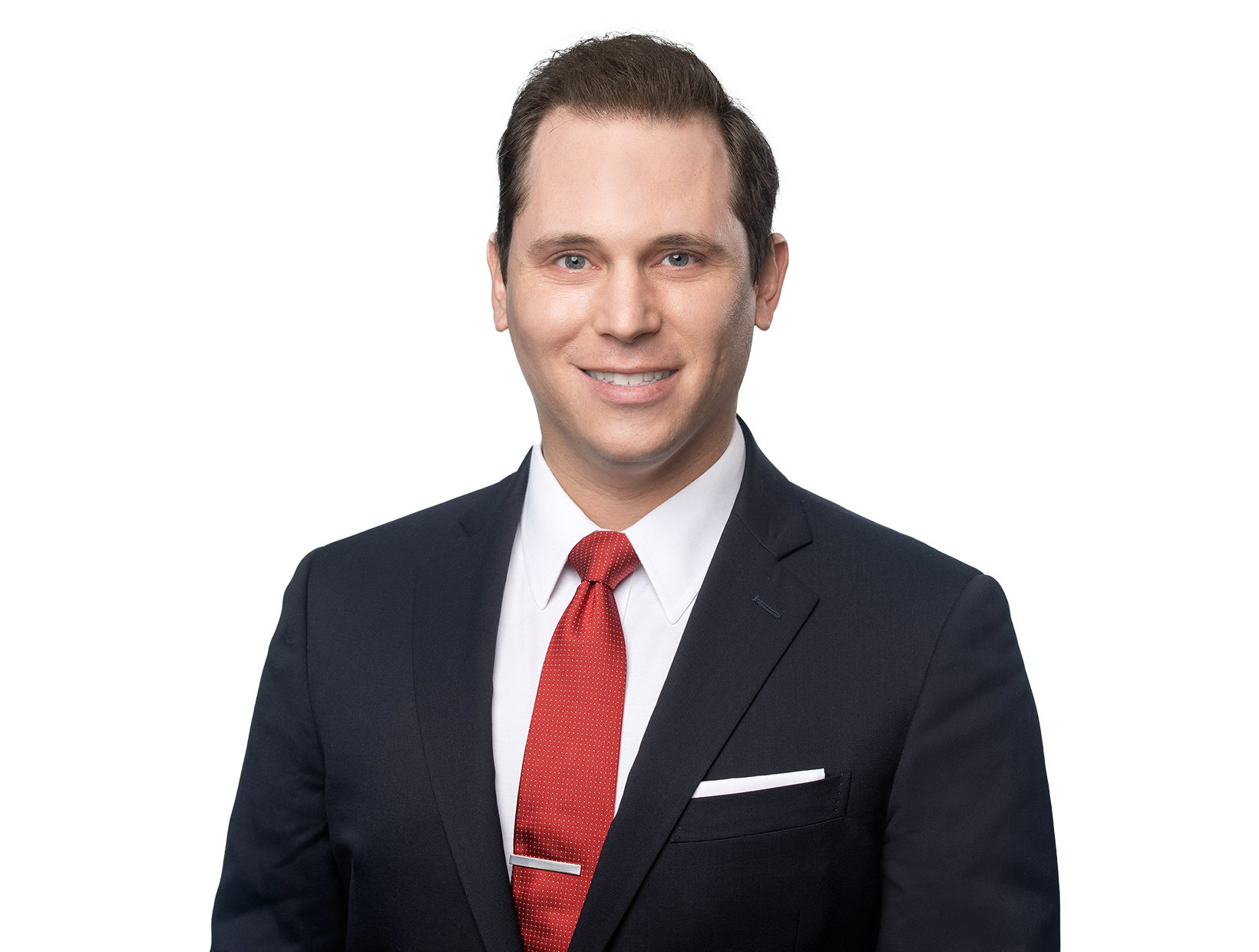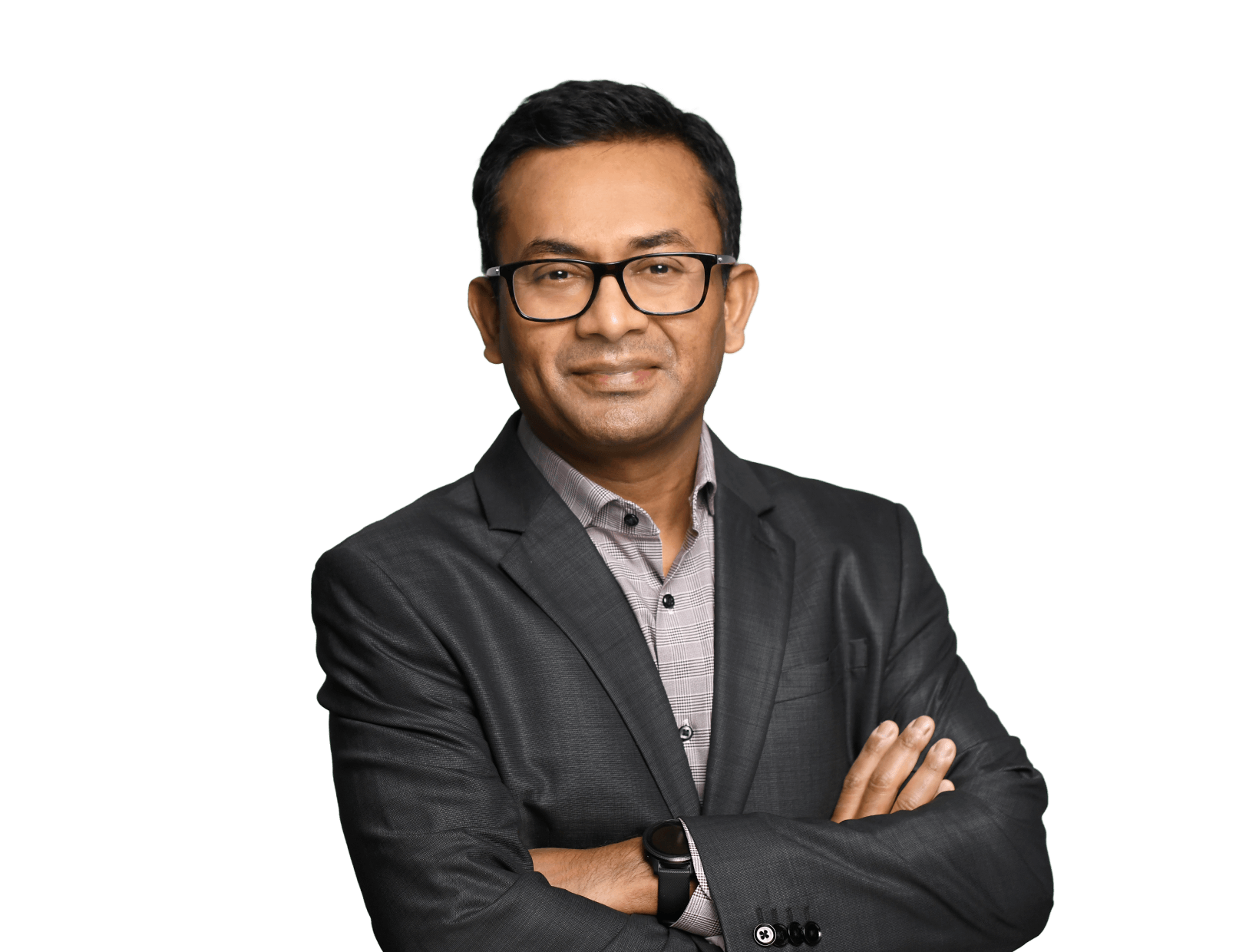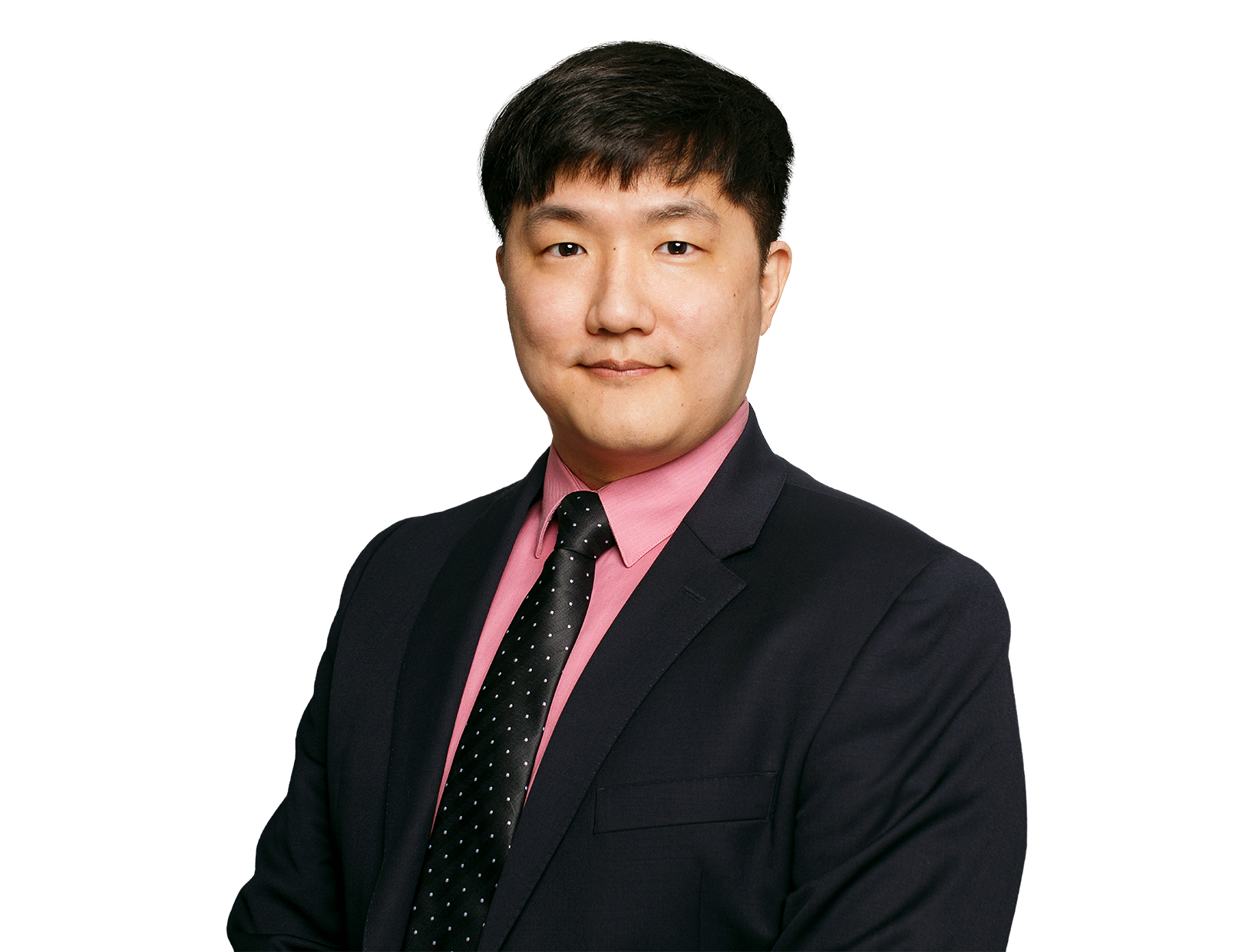Blog
Standard Essential Patents: Life Cycle Overview
Fish & Richardson
Authors
-
- Name
- Person title
- Principal

-
- Name
- Person title
- Principal

-
- Name
- Person title
- Associate

Technologies such as Wi-Fi, 5G and 4G LTE, and high-fidelity video streaming are ubiquitous in modern products. In fact, a huge portion of everyday technologies is based on technical standards like these, and that portion is growing at a rapid clip. With this growth has come increased patenting activity related to technical standards and increased litigation enforcing the resulting patents.
This article provides a background on patents covering technical standards (sometimes referred to as standard essential patents or SEPs), strategies for SEP prosecution and portfolio management, considerations relevant to licensing SEPs, and the basics of SEP litigation.
Standards and standards setting organizations
The benefits of a common technical standard are straightforward. If everyone agrees to follow a technical standard, then everyone’s products will work seamlessly together. This benefits the consumer and, in turn, promotes product sales, benefiting product makers.
Technical standards are generated under the aegis of standards setting organizations (SSOs), which provide forums for interested companies to contribute to the design of standards. Broadly speaking, to contribute to a standard, stakeholders, such as representatives from companies (and individuals), become members of the SSO, participate in SSO meetings to discuss proposals submitted by stakeholders, and decide on inclusion of one or more proposals as part of the standard, which is then published by the SSO. Such meetings can occur on a regular schedule during which new and/or updated proposals are discussed and some are adopted, causing the standard to be incrementally updated.
Some examples of well-known SSOs are (1) the European Telecommunications Standards Institute (ETSI), which publishes 3rd Generation Partnership Project (3GPP) standards defining how cellular devices communicate with each other and with base stations over 3G, 4G, and 5G networks; (2) the Institute of Electrical and Electronics Engineers (IEEE), which publishes Wi-Fi standards defining how devices communicate with each other using Wi-Fi, and (3) the International Telecommunication Union-Telecommunication (ITU-T), which publishes standards defining certain requirements for cybersecurity, video coding, and more.
Standard essential patents
SSO members’ insights into the benefits of particular technologies are often the result of extensive — and expensive — research and development in the field. Indeed, as standards continue to be updated incrementally through the standards development process, many SSO members develop new and unique approaches to address technical challenges that may arise. To capitalize on this invested effort, SSO members often file patent applications to protect their new approaches. In many instances, these patent applications cover technologies that are submitted as proposals in SSO meetings and can eventually be adopted into technical standards.
When a patented invention covers a technology that is part of a standard — that is, the technology must necessarily be used to practice the technical standard — that patent is called a standard essential patent. SEPs are often quite valuable because any entity commercializing a product that practices the industry-wide technical standard uses technologies that are patented by SEPs. While SEPs are presumably “essential” to practicing a technical standard, SSOs themselves make no such determinations. Instead, SEPs are “declared” to SSOs by patent holders as being essential, and the patent holders usually are members of the SSOs. With the large number of participants in SSOs and the complexity of the technologies involved, thousands of patents can be declared essential to each version of a given standard.
While encouraging investment in innovation supporting the standard, SSOs are aware that patenting technologies that are in use in a standard might interfere with widespread adoption of that standard — for example, because a holder of a single SEP could prevent anyone from practicing the standard. To address this potential problem, and as discussed more fully below, SSOs generally require disclosure or declaration of SEPs and an agreement to license them on fair, reasonable, and non-discriminatory (FRAND) terms.
SEP prosecution
Given the iterative nature of most technical standards, building an SEP patent portfolio through prosecution requires a comprehensive strategy that integrates early technical alignment with standards development, harmonizes global patent family management, and adapts to jurisdiction-specific procedural and legal requirements. And because technical standards are global while patent rights are national, developing an SEP patent portfolio with strong overlapping claims across jurisdictions requires careful coordination of patent prosecution in multiple countries.
Prosecution strategy
SEP prosecution strategies depend to a large extent on the technical standard addressed by the invention covered in the patent application and the relevant SSO, as different SSOs have differing standardization procedures and timelines. Successful SEP prosecution often points toward participatory contributions in SSO meetings and patent application filings aligned with the SSO’s development stages to maximize claim mapping to mandatory standard features. For example, ETSI and 3GPP feature structured release cycles, where members’ contributions in regular SSO meetings transition into formal specifications. Members of those SSOs may consider filing patent applications before submitting contributions, referencing these evolving documents precisely. IEEE Wi-Fi standards evolve rapidly with frequent amendments, requiring agile claim drafting and prosecution to reflect ongoing changes. Video coding standards (e.g., HEVC and VVC) often involve technical toolsets claimed distinctly; patent claims on those standards must target technically distinct codec tools that are essential under SSO definitions.
Claim drafting
Patent applicants should draft claims to cover multiple technical features specified in the standards, targeting both mandatory and key optional features. To ensure that patent claims read on the applicable technical standards (to the extent that those can be predicted or determined ahead of time), applicants should internally maintain detailed and continuously updated claim charts during prosecution showing explicit references to relevant portions of the standards documents.
Patenting emerging standards features
Since there is often a substantial delay from the time proposals are submitted to the time they are accepted and adopted into standards (e.g., a few years of deliberations for updates to ETSI/3GPP standards), patent applicants need to consider future possibilities in the direction of standards development. When filing patent applications covering their proposals, patent applicants should attempt to cover all possible permutations and combinations of the proposed solutions. Applicants can also file multiple parallel applications covering different aspects of proposed solutions. Likewise, keeping continuation, divisional, and reissue applications pending in multiple jurisdictions can help applicants capture emerging standards and variations thereof.
Synchronizing prosecution across jurisdictions
When prosecuting SEP applications in multiple jurisdictions simultaneously, applicants should closely monitor office actions and legal developments in each jurisdiction to adapt their claims while maintaining family claim scope overlap to the extent feasible. Ensuring consistent prosecution narratives and technical justifications across all patent families can minimize invalidity risk and maximize retention of essentiality.
SEP portfolio management
Beyond prosecution, managing SEP portfolios requires good hygiene. After a patent issues, it can be useful to create a detailed claim chart that maps the patented claims to the relevant sections of the technical standard, as this can help determine whether the SEP’s claims do, in fact, read on the standard and whether there are any deficiencies that should be addressed (e.g., in continuations/divisionals or by filing reissue applications).
For large portfolios, or for those that grow large over time, SEP owners may create a system to track which patents go with each standard. It is much easier to track this information as it develops than it is to sift through multiple potentially enormous portfolios to find it.
Declarations of applications to SSOs
Most SSOs require their members to declare any patents they own that could be essential to practicing a standard. The most important consideration when declaring is when to declare, and the answer typically depends on the standard at issue. Some SSOs prefer declarations if it is “credible” that the patent application will be issued as an SEP while others prefer declarations as early as possible. If it’s unclear when to declare, the best practice may be to contact the SSO to determine their preference.
Royalty optimization
When it comes time to seek SEP royalties, the first step is often to request from the relevant SSO a copy of a standard licensing agreement, which should outline how royalties are calculated. Some SSOs’ licensing agreements determine royalties based on the number of assets licensed, wherein royalties start to decrease once a certain number of assets is reached. That limit may also depend on the number of assets licensed per jurisdiction. SEP applicants can factor these limits into their claiming strategies. As an example, assume that the ideal number of assets for a particular jurisdiction is 10 patents. In that case, an applicant could set 10 patents as the target and consider how to divide its technology between various applications to achieve it. Perhaps the applicant could focus one patent on server claims and another on client claims or perhaps focus one patent on the encoder side and another on the decoder side. These strategies will depend largely on the standard at issue.
Patent marking
Patent marking is a critical concern for monetizing patents. The patent statute requires a patent holder to label products practicing a patent with information about that patent so as to provide constructive notice to the public that the product is protected. In the U.S., patent marking allows patentees to recover damages up to six years prior to the filing of a lawsuit rather than from the date of actual notice. The claim chart strategy discussed above can help patent owners track which products should be marked with which patents, as well as which competitor products practice which patents. While physically marking products is the standard method of marking, patentees may also use virtual marking, which generally involves including a link to a website that contains product and patent information. Patentees who license their patent portfolios should require their licensees to mark any of their products that practice the relevant patents.
SEP licensing
Following successful prosecution and good portfolio management, SEP holders may eventually be able to monetize their SEPs. The question then arises, “Who is likely to require a license?”. Finding the answer often starts with monitoring the relevant industries and standards as they develop. For example, SEP holders often monitor key players or new entrants to the industry, study the technology covered by the SEP, and then evaluate whether any companies or products implement the standard or portions thereof such that they are likely to infringe. This information can be gathered from the meetings of SSOs themselves, as companies that participate in the meetings are likely to have products that practice the standards. If the SEP holder itself practices the patent and has products that are protected by the SEP, it can also investigate competitor products on the market.
While SEP holders monitor the industry for potentially practicing companies, it is typical for them to perform internal diligence to identify “proud patents” — i.e., patents that have the broadest claims, strongest essentiality reads, and least invalidity risk. These patents are generally understood to have the highest value in litigation and can therefore be a valuable negotiating tool. Indeed, because SEPs read on the relevant standards and do not need to read on any particular products, SEP holders can identify and chart proud SEPs before they even identify potential infringers.
Once potential infringers are identified, the SEP holder initiates licensing negotiations. As discussed above, negotiation is required for the SEP holder to comply with its FRAND obligations. Negotiations typically begin with a letter from the SEP holder to the potential infringer explaining that the SEPs are essential to practicing the standards that the potential infringer’s products practice and inviting further discussion. The initial letter from the SEP holder generally does not name specific patents because to do so would enable the potential infringer to take the initiative of filing petitions for inter partes review at the Patent Trial and Appeal Board or filing actions for declaratory judgment. In some cases, where both parties own SEPs relating to the same standard, the potential infringer may respond in kind, accusing the sender of infringing its SEPs.
Once the parties have agreed to enter negotiations, the discussions generally center around two topics: (1) licensing terms (e.g., the value and structure of the royalty), and (2) the merits of the parties’ infringement or validity contentions. These discussions can involve many letters back and forth over the course of several months or even years, often including claim charts mapping SEPs to the standards at issue and detailed financial discussions.
To comply with FRAND obligations, SEP licensing negotiations should always be in good faith and the parties should be sure to include repeated, continuous communications to demonstrate that they made good faith efforts to negotiate. Whether an offer is FRAND-compliant can depend on many variables, such as comparable licenses in the industry and the parties’ conduct during negotiations.
SEP litigation
If licensing negotiations are unsuccessful, the parties may enter litigation. Because the standards covered by SEPs are often not limited to particular geographic areas, SEP disputes often spread globally, with co-pending litigations in multiple countries. Each of those co-pending litigations can have different timetables and requirements, and the outcomes of faster litigations may impact still-pending cases. For example, preliminary proceedings in Brazil and Colombia are sometimes ex parte and can thus result in faster preliminary injunction determinations. In the U.S., investigations at the U.S. International Trade Commission have faster times to decision than district court litigation. German proceedings are also known to have fast timelines and require separate proceedings for invalidity.
If the parties reach settlement, the settlement terms typically are designed to resolve all co-pending global disputes between the parties. Importantly, the settlements may be keyed off of technology timetables, with room to renegotiate for later-arising technologies. For example, a settlement relating to cellular technology may settle disputes relating to 4G technology, but be silent as to 5G technology, or set a later date for re-entering negotiations relating to 5G technology. This is an important aspect of settlement negotiations to keep in mind. Technical standards are often iterative, and, accordingly, many SEP holders may re-declare certain SEPs that were essential to prior versions of a standard (e.g., 4G) as essential to subsequent versions (e.g., 5G). Any settlement between the parties should account for incorporation of the SEPs into future versions of the relevant standard.
Conclusion
As connected devices proliferate and consumers demand greater interoperability, SEPs and their attendant concerns are taking a more prominent role in many companies’ patent strategies than ever before. But SEP strategy requires a level of prescience, adaptability, and diligence that is uncommon even among sophisticated patent owners. As such, shrewd legal counsel with a thorough command of both the technology and the law is essential for success in an increasingly standards-based market.
The opinions expressed are those of the authors on the date noted above and do not necessarily reflect the views of Fish & Richardson P.C., any other of its lawyers, its clients, or any of its or their respective affiliates. This post is for general information purposes only and is not intended to be and should not be taken as legal advice. No attorney-client relationship is formed.